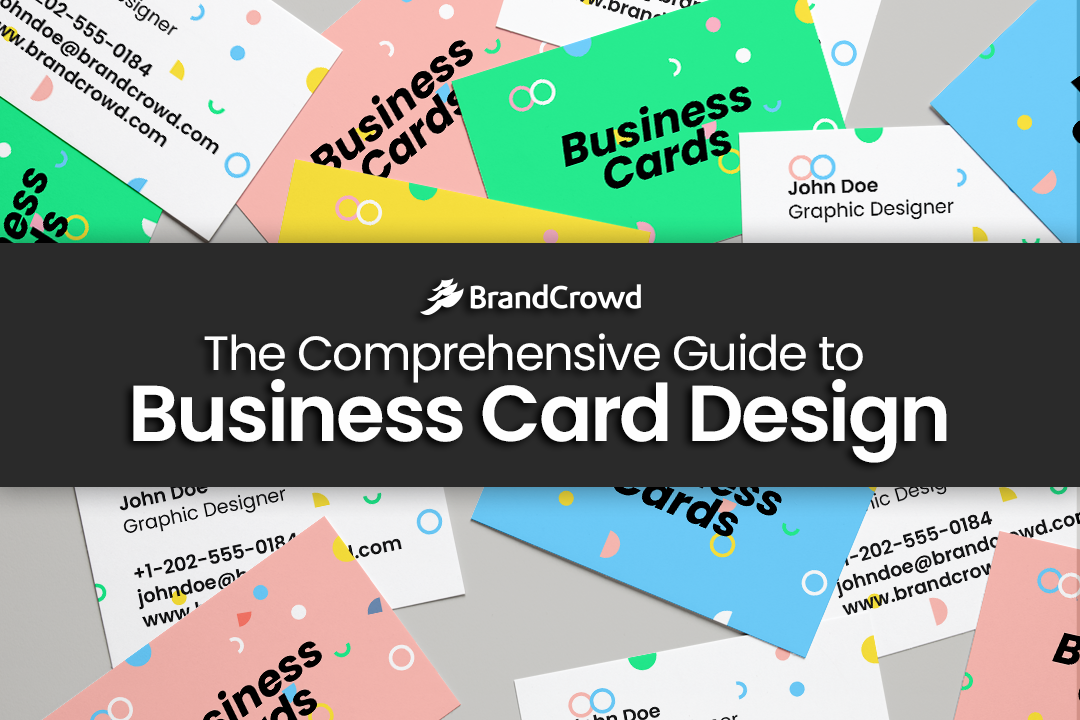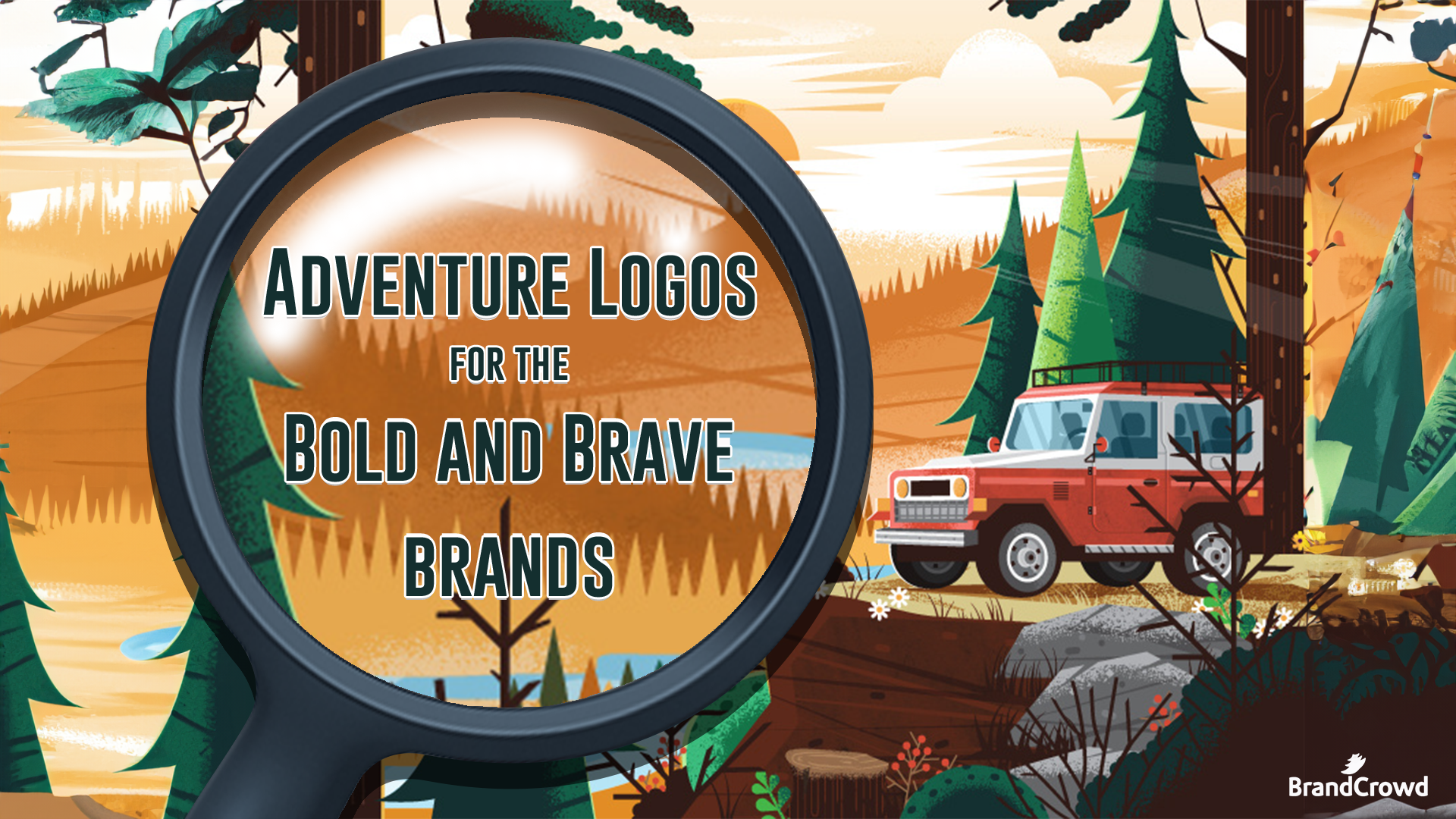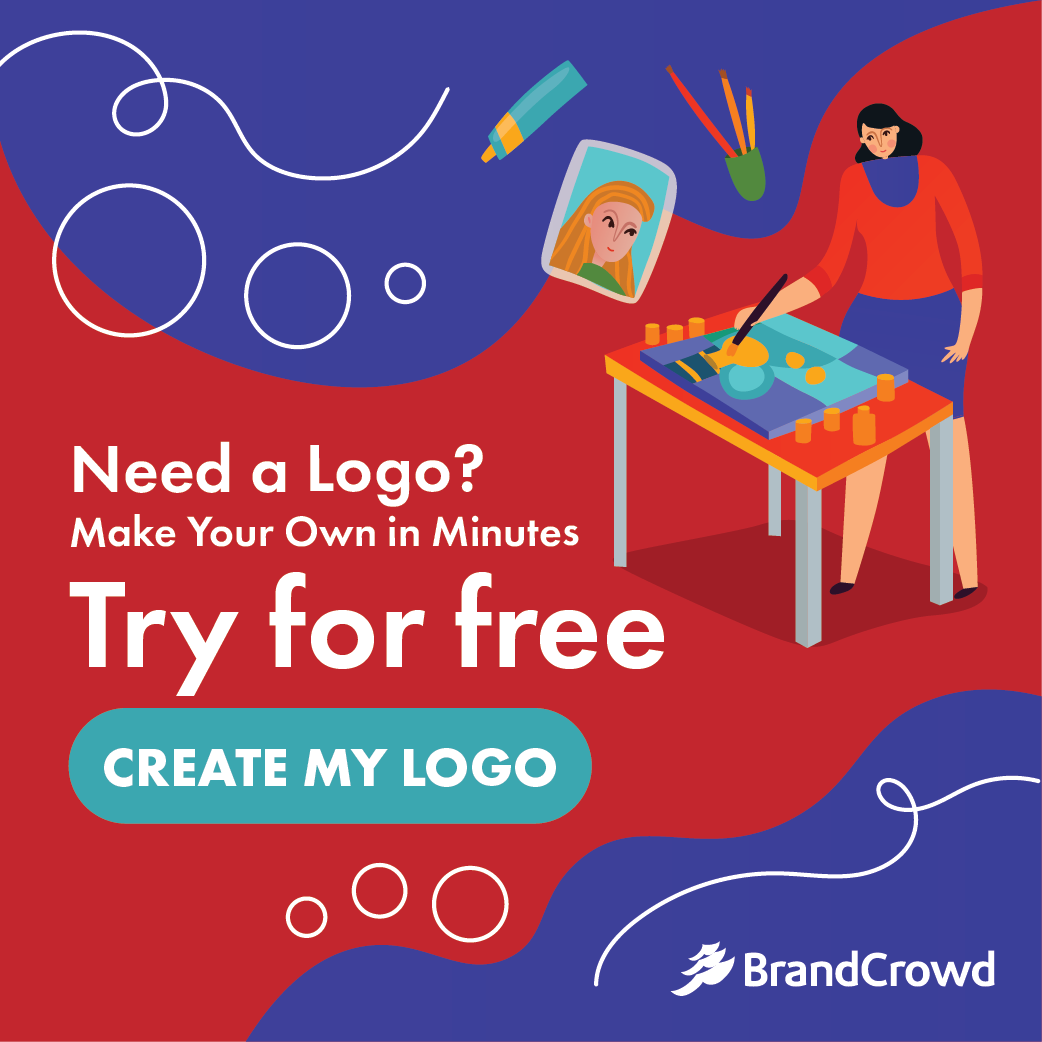The Comprehensive Guide to Business Card Design
A piece of paper can help you remember people and have them remember you. That’s what business cards have proved throughout the years. However, today we seem to be reaching out for our phones when we meet colleagues and business prospects.
We’re here to tell you that there’s still room for business cards in the fast-paced and heavily digitized environment we live in. It’s never too late for you to learn how to design a business card. Our ultimate guide will teach you the following things:
- Business Card Design 101
- Business Card Design Trends
- What to put in your business card
- Business card ideas
Calling cards remain an important part of our everyday lives. In Japan, there is an established etiquette referred to as “meishi.’ It is where business professionals exchange cards during the first official meeting. Other professionals from Western countries such as the U.S. also do this.
After reading this, you are going to be well equipped to start designing your business cards and complete your branding kit. Are you ready to create kickass marketing collaterals that can transform your brand? Start scrolling now.
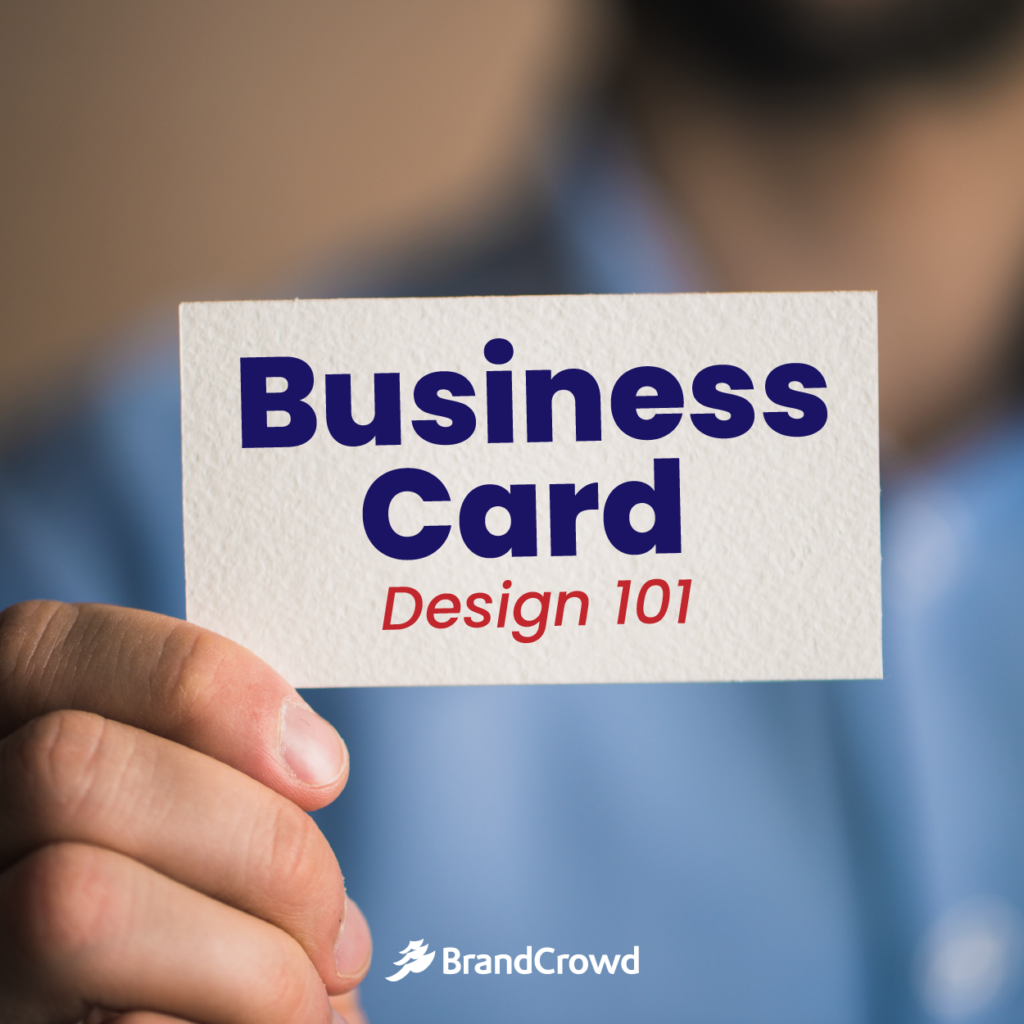
Business card design 101
In an economy where new businesses emerge left and right, it’s easy to be forgotten in the market. There are tons of ways to advertise your company, social media campaigns, blogs, newsletters, and much more. A highly personal and memorable form of marketing is a business card.
It might seem simple and even outdated in a world where ads exist on almost every social media app, but don’t underestimate the power of business cards. In a matter of seconds, your client can obtain your business and contact information. Plus, they also leave a lasting impression on your brand.
Well-thought-out business cards can help you gain new clients while poorly designed ones can drive clients away. If you’re trying to save money or simply want to try your hand at designing, this guide can help you stand out and look professional.
Make it easy to read
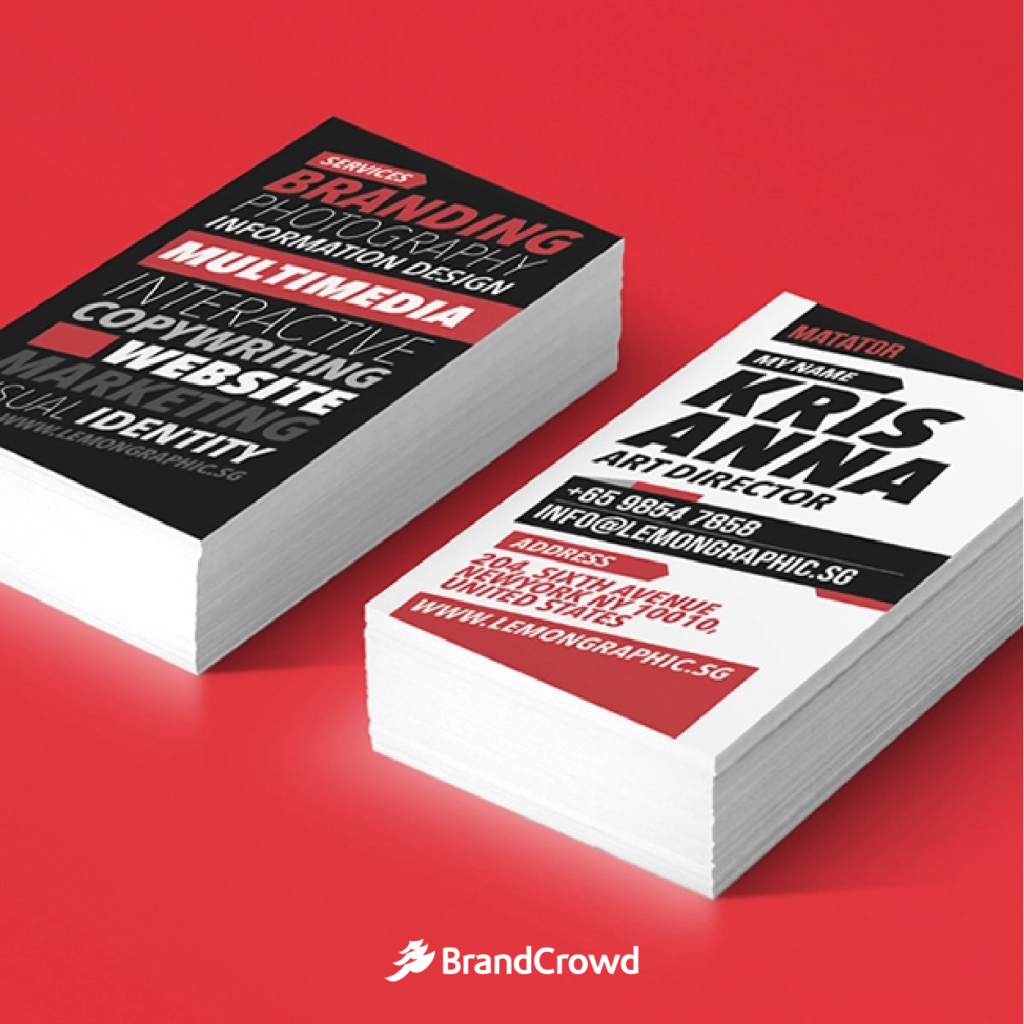
Your card could have jaw-dropping illustrations and eye-catching colors, but if your recipients can’t read the information written on it, your card has failed to serve its purpose. When looking for a font, try sourcing one with distinct glyphs or letters, as this will lessen confusion.
Fonts certainly allow you to add more meaning to your typography. Serif fonts, also known as tailed fonts, have decorative details at the end of each stroke. On the other hand, its counterpart, called sans serif, does not have this. Brands that use serif fonts are perceived as serious and traditional, while sans serif fonts are seen as modern and playful. Fonts like Futura, Myriad Pro, and Georgia are some of the most versatile fonts for cards.
Pick a color scheme
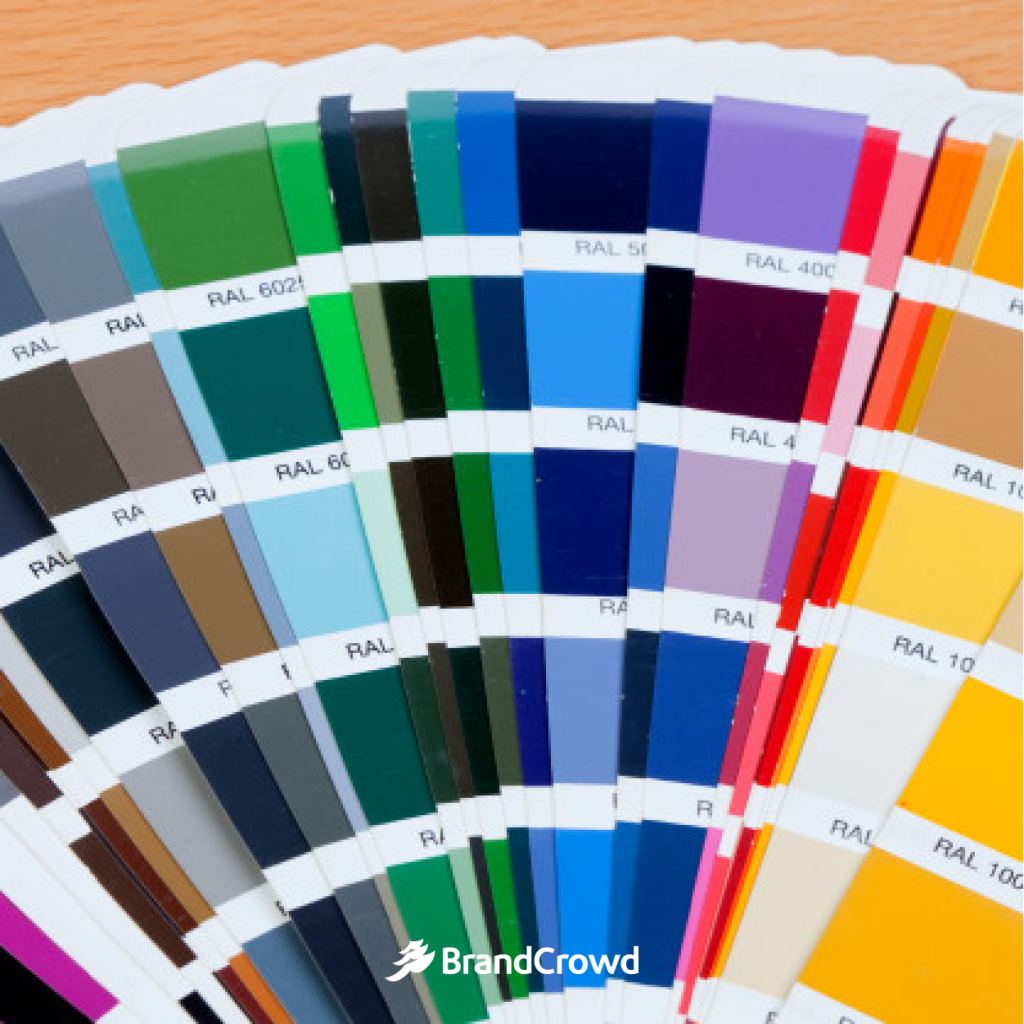
Like logos, colors can help your clients recognize your brand. This is another aspect of your brand, which you should be careful in choosing. Don’t just opt for your favorite color, try searching what emotions colors convey, and consider what your brand wants to say. Food companies usually use red because it induces hunger. Banks use blue because it gives the sensation of trust and security.
After choosing your main color, you can choose other colors to complement or contrast it. Many sites provide color palettes. From there, you can look for a color palette of your primary color that delivers the message of your business. It might seem complicated, but a quick search on the internet can be a great help.
Remember to design in CMYK to make your printing process more manageable. This will make your design look consistent in both online and print use.
Use a suitable image or illustration

You might be tempted to add a picture or two, but you should remember the small space you have to work with. If you do choose to add an image, try to avoid using overused stock photos and clipart. The design should contain relevant and non-generic images. Take pictures or draw them yourself or maybe even hire a freelance graphic designer to do it. This extra step can make your card stand out even more among the wave of generic and boring business cards.
Space them wisely
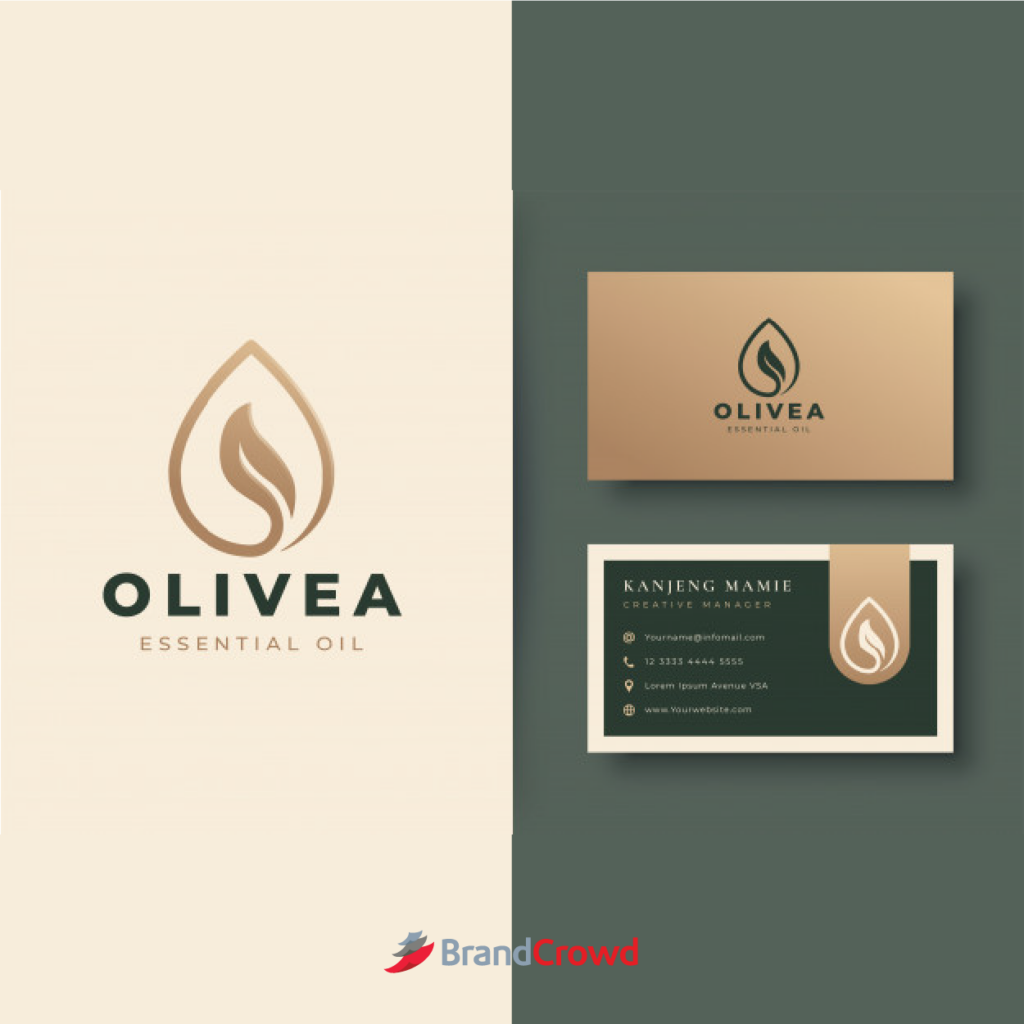
You might feel suffocated from the small space a business card provides, but there’s always enough space for all the necessary elements. You have both sides of the card to work with, the front can have your logo and the back your contact information. The backside can also be left blank for notes, but make sure not to overload your card by putting unnecessary information or design elements.
Visual clutter is the last thing you want. Harmonious design elements look more organized and facilitate better processing of information.
Know what is necessary
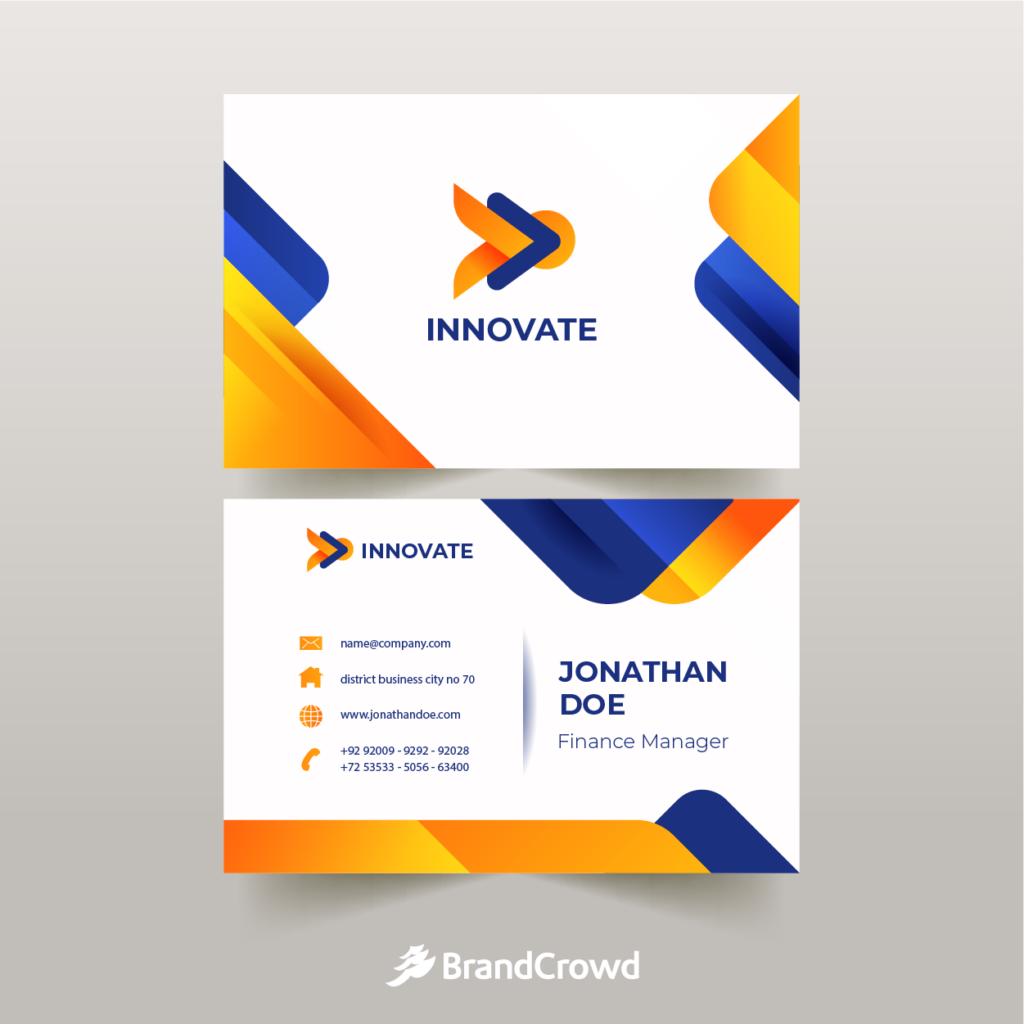
To avoid overcrowding, you should know what a business card contains. Information on your card will depend on your job and what you want to promote. If you’re a freelance artist that wants to establish your Twitter or Instagram account, you should put your handle or username rather than your address.
Placing your brand logo

Business cards are popular marketing assets. They can improve your brand image and make people remember you easier. This is one of the best marketing collaterals to put your brand logo on. There are great spots for you to place your logo on your design. Check them out here:
- Left side
- At the back
- Vertically at the top
Putting the brand mark on the left and uppermost side is considered as the common practice. This is because a lot of people read from left to right. By placing your logo on this side, you set it up to be seen immediately. But, you can certainly switch it up and keep it creative.
Selecting the right material

Any practical design also considers what type of paper and finish you will print business cards on. Researching the proper paper is crucial for any printing project. For starters, business cards are commonly printed on card stocks. This material is also referred to as pasteboard or maybe even cover stock. It functions a lot like paper that is made thicker.
Generally, you want card stocks that are as thick as 14-point up to 16-point. Getting thicker ones will allow your business card to be durable. If you want something that isn’t paper, you can go for plastic cards to make your handouts last longer. You can also use different materials to maximize creativity!
Pro tip: Make sure to bleed your design
Forgetting to bleed is a common problem amongst new designers who are just learning how to design business cards. Not doing this will give you a hard time during the printing and cutting process. What bleed essentially does is printing past the edge of the design to ensure that there will be no margins in your final product.
As a general rule of thumb, designers leave ⅛ inch to the design. Since the standard size of business cards are 3.5 x 2 inches, your design file should dance around 3.75″ x 2.25″ to be safe.
Following this guide will help you create visually appealing marketing assets that can invite more clients and customers. Having a memorable card will help you rise up to the competition. 72% of consumers use this collateral to judge a certain brand, according to the Statistic Brain Research Institute.
Thankfully, the basics of calling card design are easy to recall. Just remember to stay away from overcomplicating it. Keep it simple, and you won’t have to suffer the consequences of cheap-looking cards.
Business Card Design Trends

Designing the same material gets formulaic fast. Which is why it is a good idea to mix things up by incorporating design trends. Looking at design trends can give you new ideas and give your creative juice pitcher a refill.
Business cards benefit a lot from design trends. Following design movements keep assets fresh and far from being commonplace. A business card with an outdated design is the last thing you want to give out when trying to make a good impression. Using trends in your design makes you appear updated and in with the times.
Here are some of the latest business card design trends to excite your creative mind and get going:
Minimalism
Saturating assets like calling cards with text and illustrations do not always spark joy.
The effective use of white space helps emphasize design, resulting in a remarkable design. Sticking with the bare basics of design makes it easier for you to establish a visual hierarchy. This will help your recipients process the information on your card easier. To do this, make sure you give your design some air by using white space and keeping it simple.
Gradients
With color, you can make a piece of paper look more lively.
You can do this by using color gradients or the gradual blending off colors in your card. It is a huge design trend in other design projects like web design for good reason. Besides providing appealing visuals, color gradients help lead the eyes of your recipients. Remember that it’s best to use two to three colors.
Curvy figures
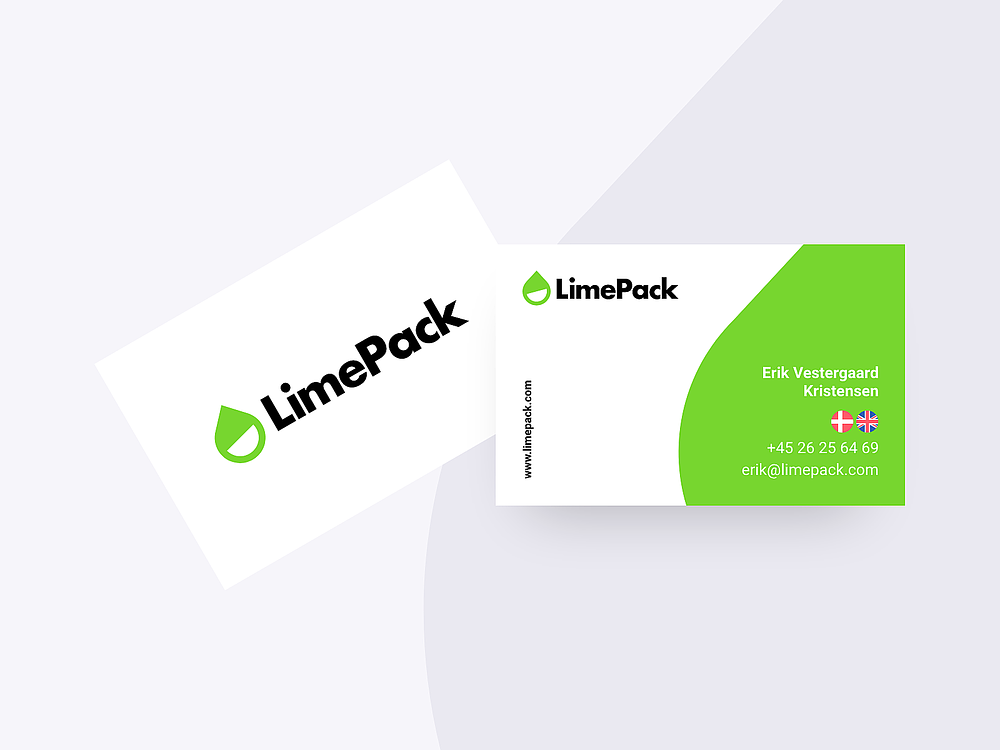
Limepack Business Cards by Erik Kristensen
Humans are naturally drawn to curvy visuals. Whether it is through fonts, illustrations, or background patterns, try experimenting with curvy elements to attract the eyes of your audience. This is a quick way to add life to your design even if you have very limited space to work with.
Flowy lines or curves are great for decorative use or as a frame to separate one element from another.
Eye-catching typography

Darn Good Business Cards by Meg Lewis
Text is an integral part of any business card. It holds essential information about you as a professional and as a company. You can use fonts to create different ways to present details as mundane as your email address.
You can even go the extra mile and include your signature. This will help make it look more personal and more than just another piece of paper. It gives your design a handwritten look.
Unique shapes

My Biz Cards (WIP) by Green Ink Studio
When you think of business cards, you probably picture a rectangular piece of paper. But today, cards now come in different forms. Some use round cards while some even cut the cards in a particular way to make exciting silhouettes.
This is an excellent channel for you to get creative with shapes. For example, dentist clinics may die-cut their business cards in the shape of a tooth. Or magnet companies may opt to die-cut magnet-shaped cards. We could go on and on. Paper shapes give you a lot of room to be creative.
Always remember to tread these trends lightly. Don’t go overboard, trying to incorporate them all at once because it may veer you away from creating a timeless design. Patterns bring something new to the table, but they are best used sparingly.
What to put in your business card
Creating a business card can be a challenge for some. This is because the standard size of a calling card is only a few inches big. You don’t have a vast space to work with, and this limited space should contain essential information without looking overbearing. Your business card should be concise, all while not missing any vital information.
There are two main types of business cards for networking and for unemployment. This section will tackle what these two types of business cards must contain to become more effective:
For networking

These business cards are often given away during meetings and conventions. Now, you’re probably thinking that with networking platforms like LinkedIn, there’s no real reason for anyone to still create business cards.
But Dan Golden said in a Forbes Council Post that, “Business cards aren’t a thing of the past, but saving them is.” Golden elaborated, “Collect a business card but take immediate notes. Back at the office, scan the card. There are a lot of scanner apps available, even some option scanner apps if you are on the trading industry. Input the info gathered and let it prompt a useful and valuable followup. Connect on LinkedIn, sure, but do more. For example, follow up a week later by following the person on Twitter, and send an email shortly after about something you talked about.”
Digitalization did not make cards obsolete but improved the way it is used.
- Name and job title – One of your business cards’ most vital parts has got to be your personal information. Mostly your name and your profession. Make sure you put the name you use for your corporate career if you intend to use it for business. Similarly, if you’re a D.J., you may want to use your stage name or moniker.
This will make it easy for your recipients to research more about you in the future. They will have no problem looking you up on the internet or in the office.
- Email – Emails are used widely for corporate communication, especially millennials. Placing your email on your calling card definitely has its perks.
- Contact Number – You can either add your landline or mobile phone number. You can even add your fax number if your industry still uses one. Adding your contact number gives your recipients more than one option to contact you.
- Company logo – A company brand mark lets people know that you are working for or associated with a particular company. You can drive higher brand awareness. Business cards benefit from logos because it is a short and effective way to make more people aware of your brand. Any sensible business card template has a spot allotted for logos.
- Slogan – Capturing the spirit of your brand can be done with words as well. Adding a catchy phrase to sum up what makes your company unique will help you become more memorable.
- Other communication channels – It’s a good idea to give them more options in terms of reaching out to you. You can display your social media handles for LinkedIn, Facebook, Twitter, and other platforms.
- Website – Let recipients know that your brand is online, too, by adding a link to your website. This makes you more credible and may even drive traffic to your company page.
For job searching
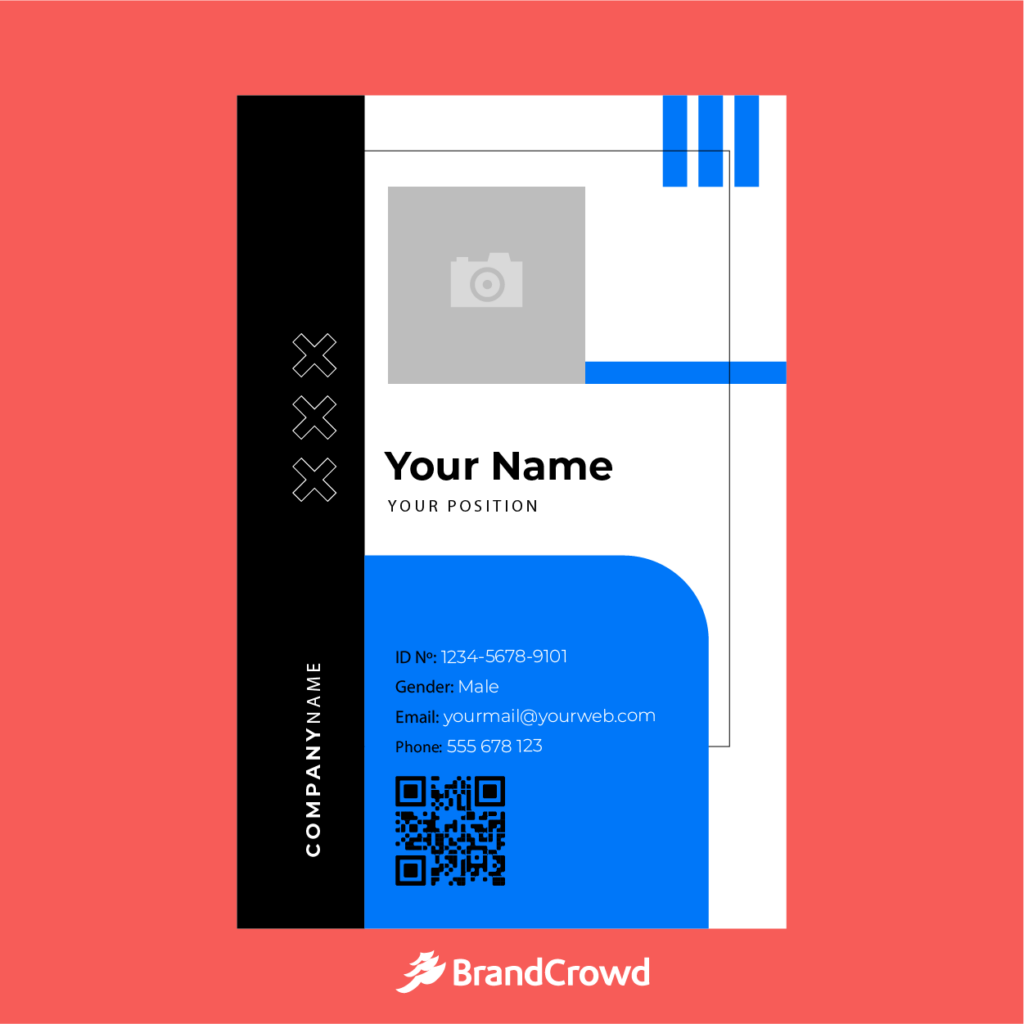
It’s the same as networking, but with a few additional elements. Think of business cards as an extension of your resume. This card must represent you in a nutshell.
When you are trying to get employed, your card must be devoid of any work information from previous employers. For example, you would want to remove your old company emails and replace it with your personal email address.
- An image of you – We don’t mean a selfie, but a clean I.D. photo of yourself. Think of unemployment cards as a bite-sized curriculum vitae. Human resource specialists refer to this when contacting you during an application process. Incorporating a photo of you may help them remember you better.
- Personal logo – Even if you don’t have a company, branding is still important. This is good for any professional, whether you are a freelance graphic designer or a data entry specialist. There’s value in symbolizing your expertise by making your own logo. You are your personal brand, after all.
- Q.R. code – This is completely optional. But, it can add ease to your recipients when inputting your information on their devices. A Q.R. or quick response code uses a matrix barcode to lead users into websites, portfolios, and access to other information. All your recipients need to do is scan the code using their handheld devices to be directed to your online pages. This machine-readable optical label can become a great addition to your calling card.
Additionally, make sure to add translations to your card if you plan on traveling for business. This can help bring down language barriers and result in more effective communication. After all, a useful business card is designed to make contacting you more accessible.
You also want to examine your design for typographical errors. Double-check your mobile number and other contact details for good measure.
We hope that this quick content guide has given you an idea of how you can condense your brand in a small piece of paper.
Business card ideas
These assets have been around since the 15th century. Originally referred to as visiting cards in the Chinese culture, business cards were made by individuals to brandish their accomplishments and skills. In the 17th century, Europeans started to carry them around in anticipation of an affluent person’s arrival.
It has always been a way to introduce yourself, but this classic tradition may leave you clueless about how you can make an impressive design. You may think that there are no longer ways to design one creatively. But you’re wrong.
There’s always a way to make your calling cards visually appealing and unique. Take a look at these examples of good business cards:
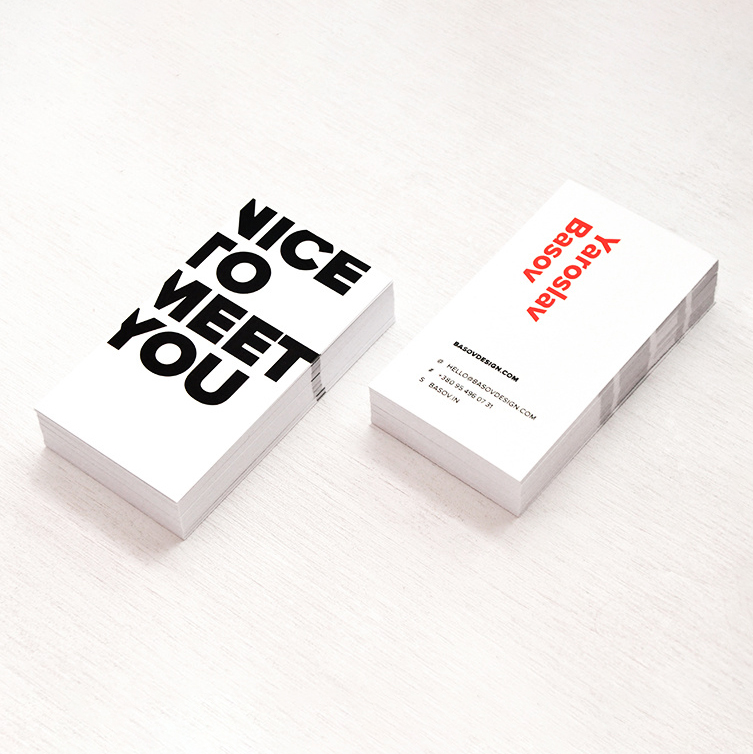
Business Card. by Basov Design
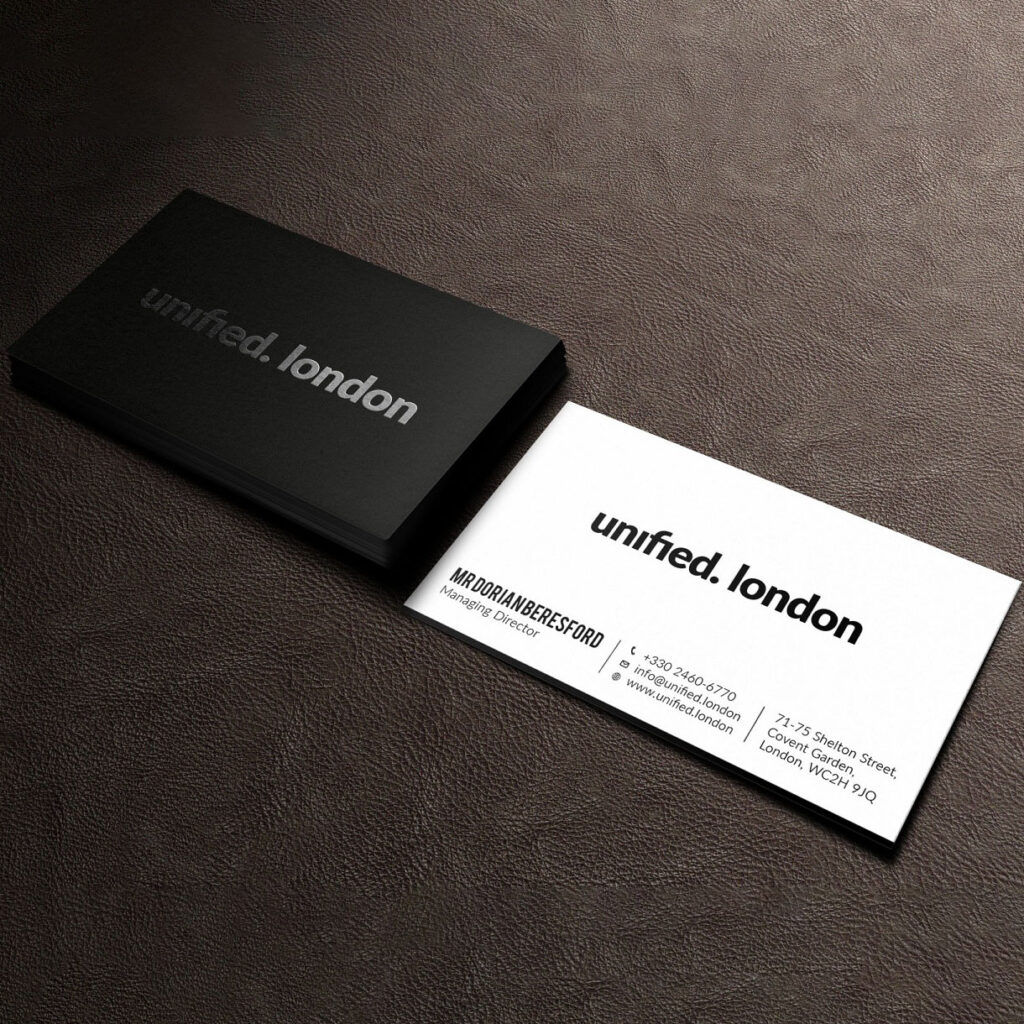
Business Card design by DesignCrowd™
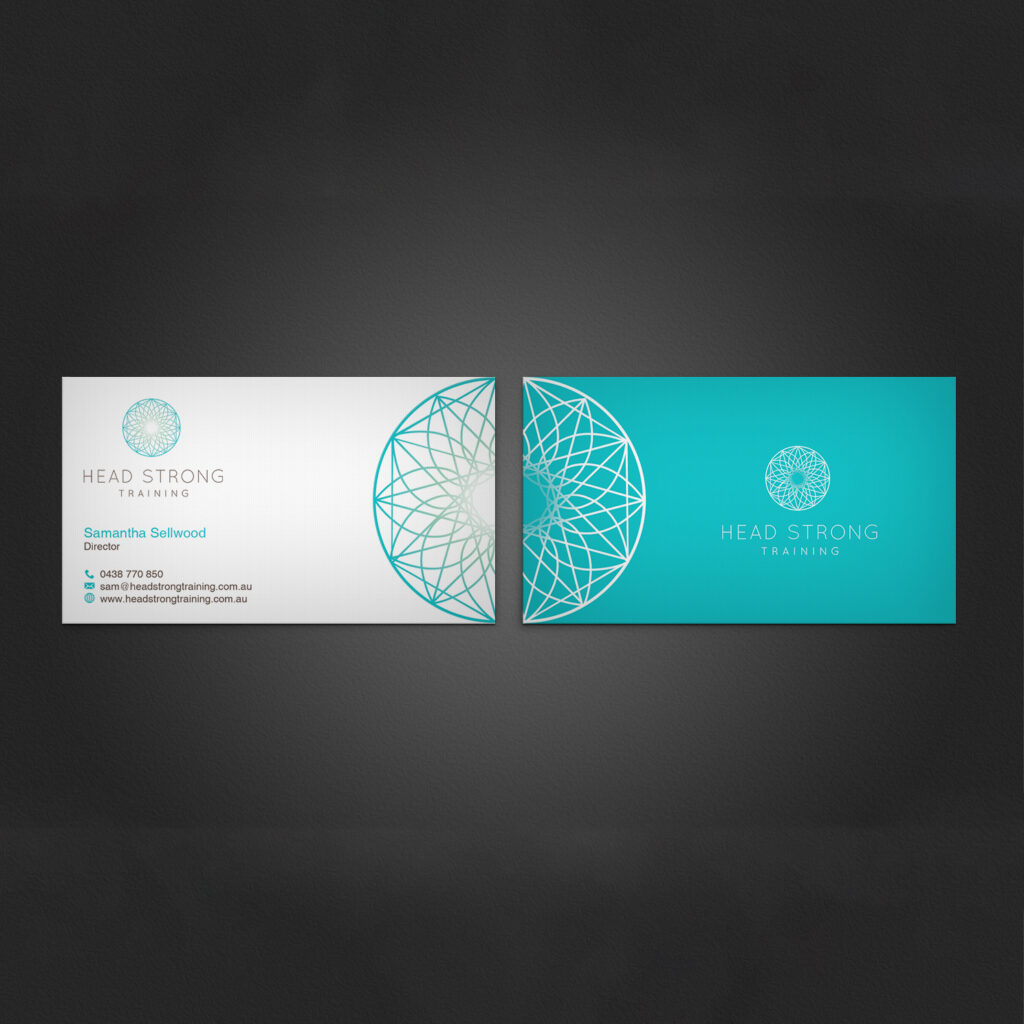
Business Card Design for Training Business by upwork

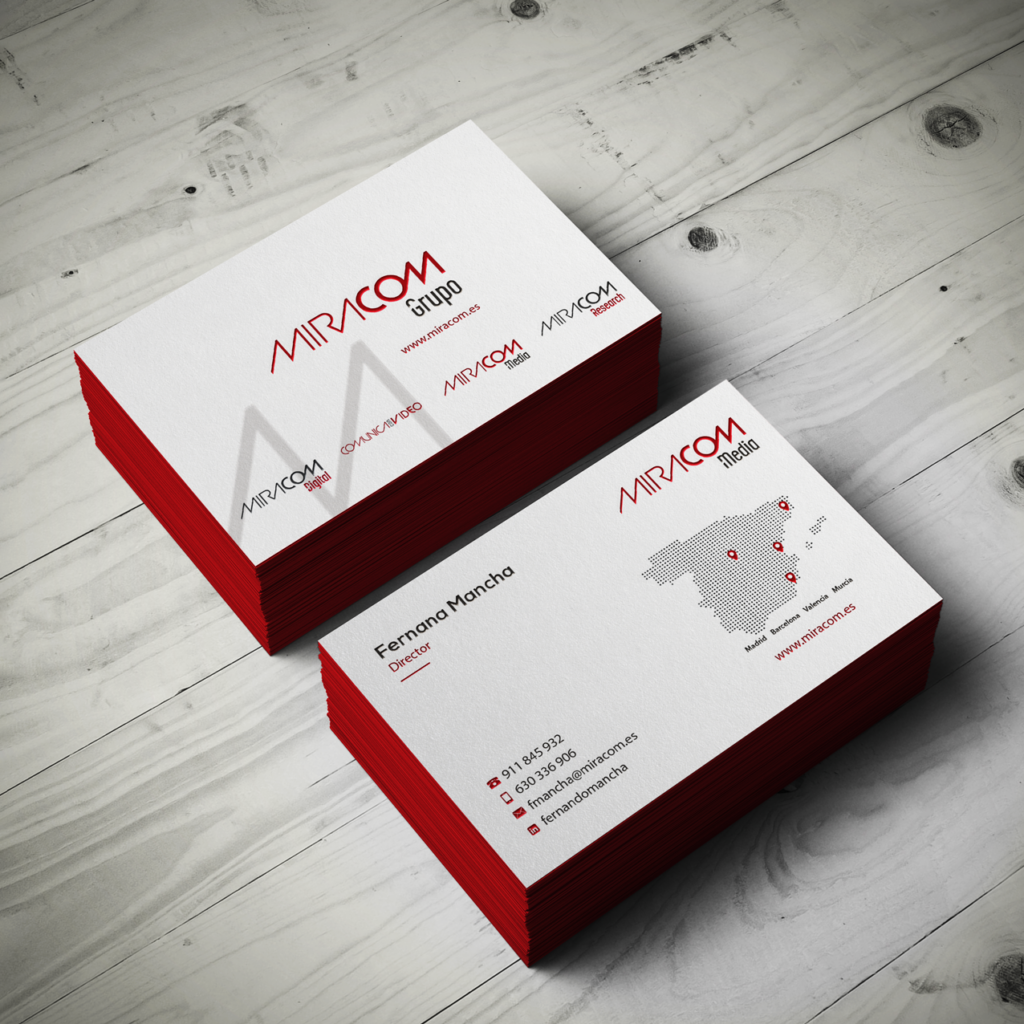
Communication and Marketing Agency Business Card by Riz’

Corporate Business Card by Prottoy Khandokar
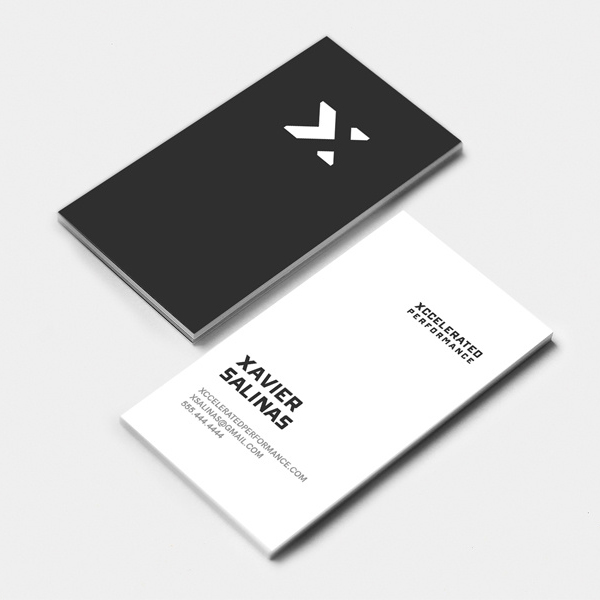
Fitness Trainer Business Cards by Mark Battle

For Sharing Hope (FRSH) Business Card by HYPdesign
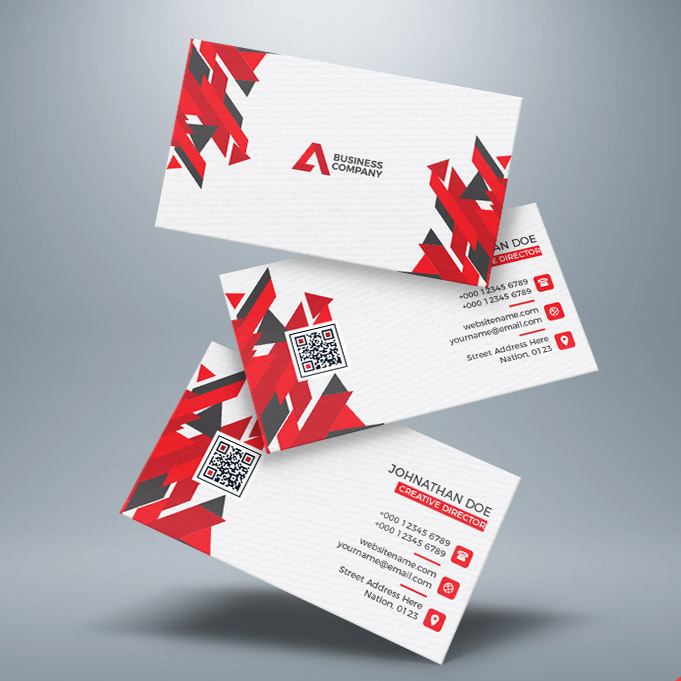
Free Creative Business card download (Ai) by hasaka

“G” Business Cards by Mark Maynard
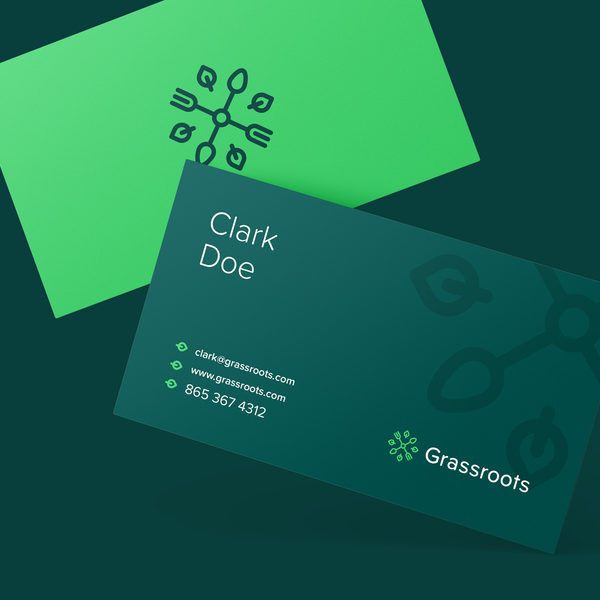
Grassroots Business Cards by Leo

Grouper Business Card – Shot 2 by Kyle Anthony Miller

Help Boris Johnson by Atvento Graphics

Kyber Network Business Cards by Ramotion
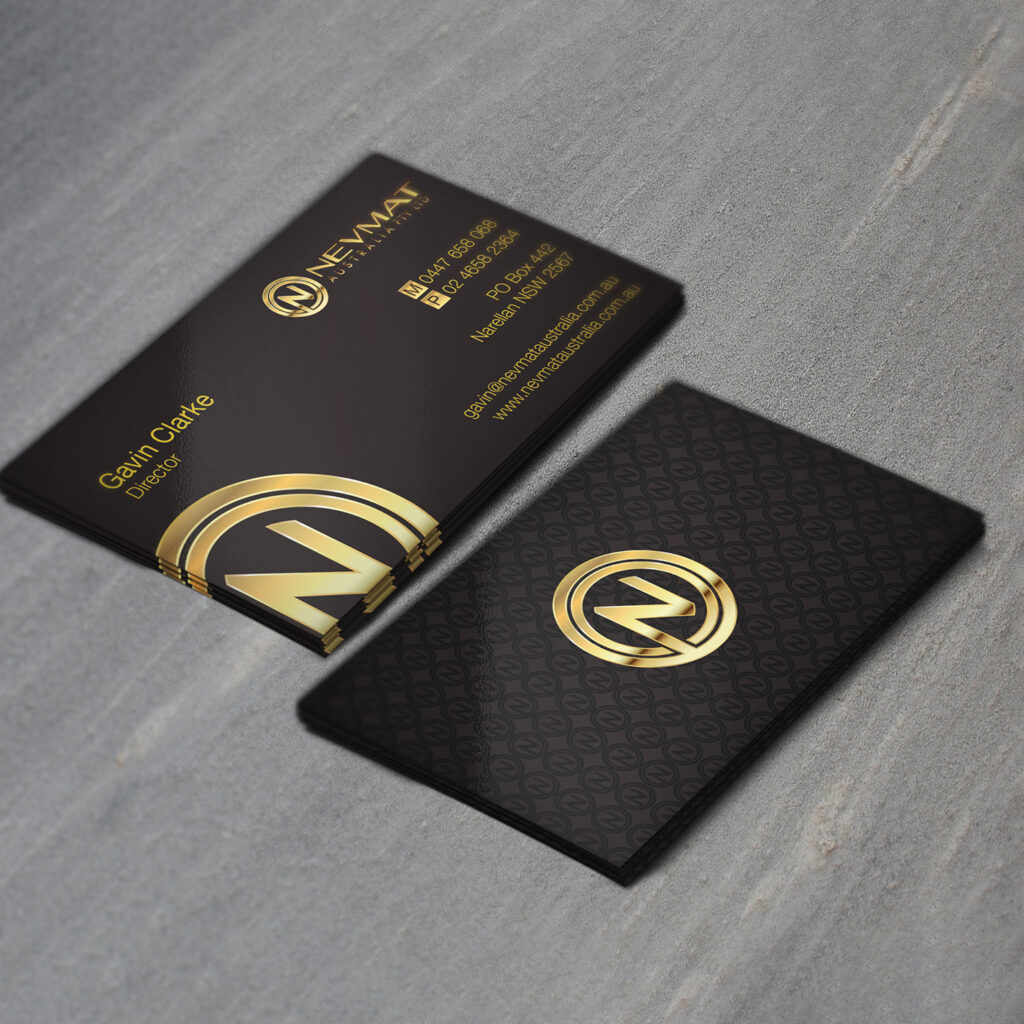
Nevmat Australia Pty Ltd by IGlowCreationz
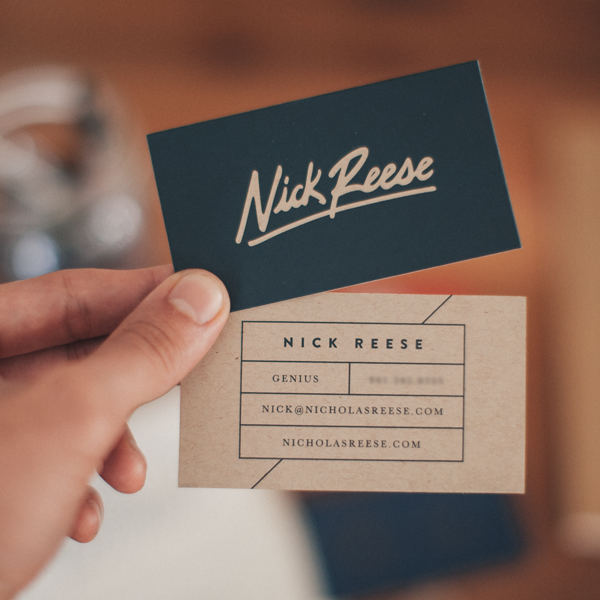
Nick Reese Cards by Brave People

Polairus Technologies Inc. by M.U. Designs

Real Óptica Portuguesa – business card by HYPdesign

Scaxcen Business Cards by Md Rasel

Sullivan Metal recycling by Graphic 360
Now that you’ve gotten fresh inspiration, your cards can stand out from other handouts out there.
Out of the 27 million cards printed out every day, creating a good design can help you have a card worth keeping. If you want to check out more ideas, head over to DesignCrowd’s business card gallery. Browse through professionally made designs today.
Conclusion
Business cards have played a part in history throughout various cultures. Although today, it has taken a backseat due to the rise of digital collaterals, it still proves its value. Even though people brush business cards off as something that only gets binned, it has a serious impact on businesses. For every 2,000 business cards that get handed out, a business’ sales increase by 2.5%.
Having a business card ready in your branding kit helps small businesses and professionals.
Start handing out the cards they’ll remember by working with professional designers. You can do that by running your own business card design contest today. DesignCrowd’s community of designers is equipped to give you the winning design bid.
Or create your design with BrandCrowd’s business card maker. Try out different design templates and customize them according to your needs. You’ll discover cards that are designed to suit different niches.
